Matera-geological wonder (Basilicata, Italy)

Personally, I loved Matera the most out of all the cities I visited. Yes, it’s a major tourist destination, but for good reason! Its rich history and fascinating geology left me speechless. It’s an easy one-day trip from Bari, with convenient bus connections from Trenitalia. The old city of Matera is truly designed for wandering and getting lost in its charm. If you have time, I highly recommend taking a tour of the caves where people lived until the 1950s.
About Matera:
Matera, the capital of the Province of Matera in Basilicata, Southern Italy, is a city steeped in history and culture. Renowned for its rock-cut urban core, known as the Sassi, Matera's continuous occupation dates back to the Palaeolithic era, making it one of the oldest continuously inhabited settlements in the world. Its stunning landscapes and unique architecture attract visitors from around the globe, eager to explore its fascinating past and vibrant local life.
WHY IS UNESCO PROTECTED?
Matera's Sassi and the surrounding rupestrian churches were designated as a UNESCO World Heritage Site in December 1993 due to their exceptional historical and architectural significance. The unique rock-cut architecture represents a remarkable example of human adaptation to the environment, showcasing the ingenuity of past civilizations. The recognition as a UNESCO site has bolstered tourism and facilitated efforts to restore and preserve the area, ensuring that its cultural and historical heritage is maintained for future generations.
🪨Geology and history:
The Matera and Murgia Materana Park area, situated between the Apulian foreland and the Bradanic trough, features geological formations dating back to the Plio-Pleistocene, including the Cretaceous Calcare di Altamura and Pleistocene Calcarenite di Gravina. These formations shaped a landscape conducive to early human settlement, particularly during the Neolithic period (11,700 to 6,500-4,000 years BP). Favorable geographical conditions, such as access to water from the Jesce Stream and suitable soil for excavation, facilitated the establishment of entrenched villages on the Murgia Materana plateau.
During the Bronze Age (5,300-3,200 years BP), settlements migrated to the Civita area, benefiting from perennial springs and fertile conditions. The unique morphology of the Gravina di Matera, characterized by deep gorges and accessible slopes, supported urban development, leading to the creation of cisterns for water collection, such as the notable "Palombaro Lungo." Early settlements took advantage of natural karst cavities in the limestone for shelter during the Palaeolithic, with archaeological evidence suggesting habitation dating back to around 800,000 years ago. Over time, the region evolved into a vital center for trade and defense, reflecting the interplay of geological features and human activity in its long history of colonization.
Matera has a rich and complex history, beginning with its settlement in the Palaeolithic era (10th millennium BC). The town was officially founded by the Roman Lucius Caecilius Metellus in 251 BC, who named it Matheola. Over the centuries, Matera was ruled by various powers, including the Lombards, Arabs, Byzantines, and Normans. Its medieval architecture, particularly the Sassi, became a symbol of the city’s resilience and adaptability. In the 20th century, the Sassi were deemed uninhabitable, leading to the relocation of residents, but efforts in the late 20th century revitalized the area, culminating in Matera being named the European Capital of Culture in 2019.
🚅 How to Get There:
A Trenitalia bus from Bari to Matera costs about 3.60€ one way. Tickets can be purchased via the Trenitalia app.
The bus will leave you here:
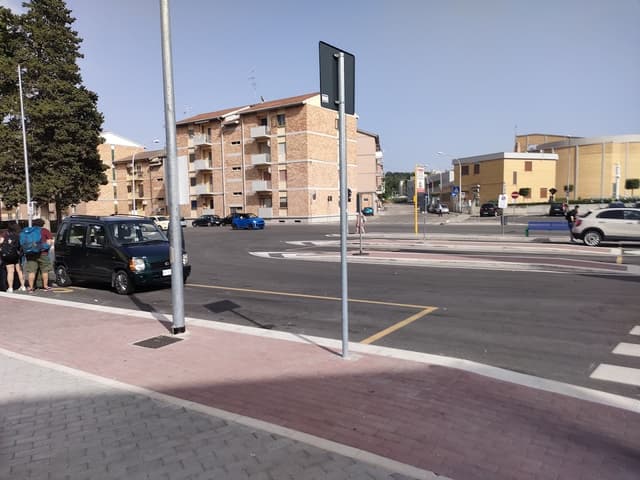
From there you have cca 20 minutes by foot until you reach Old city center.
Tips: Wear good walking shoes as the city’s terrain is hilly. Enjoy the water fountains with drinkable water around the city.
🗺️What to see? (check the map):
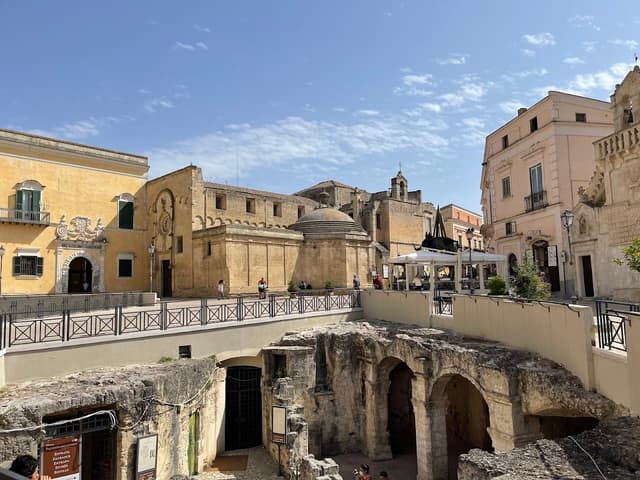


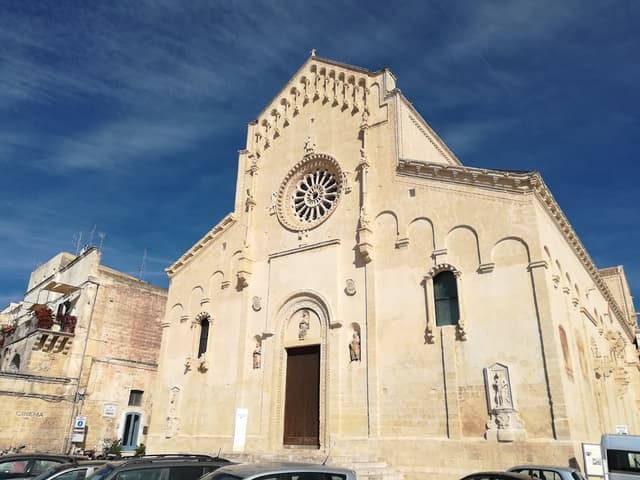


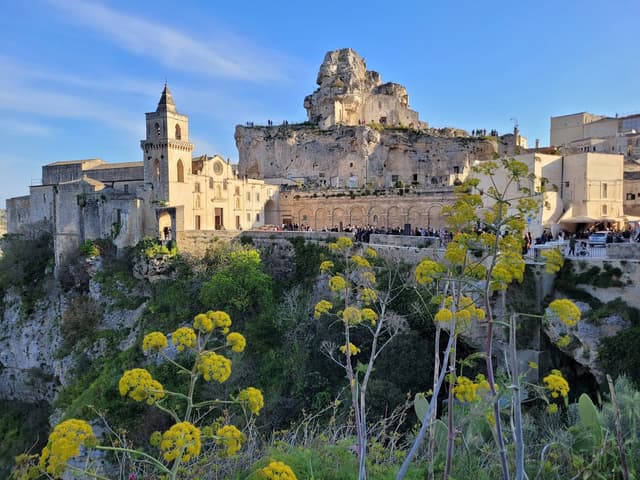
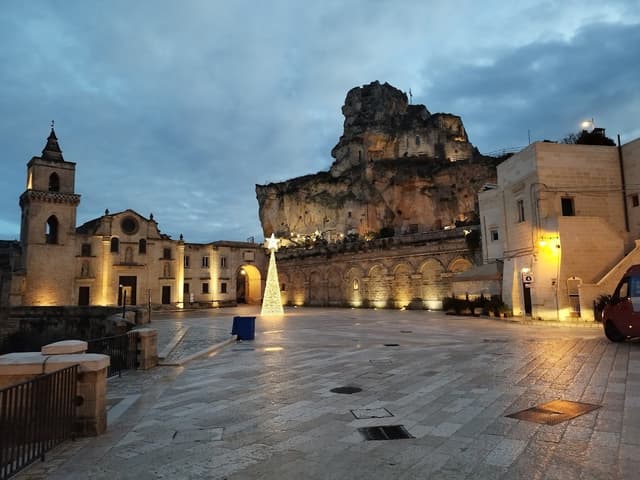
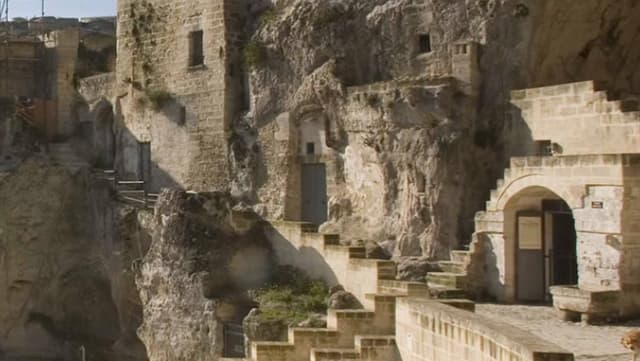
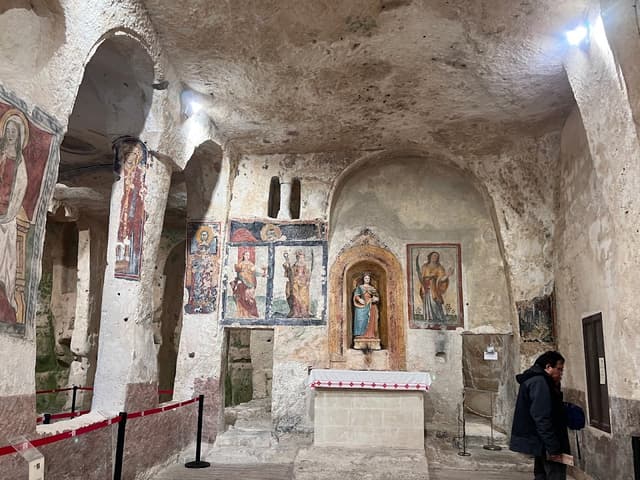

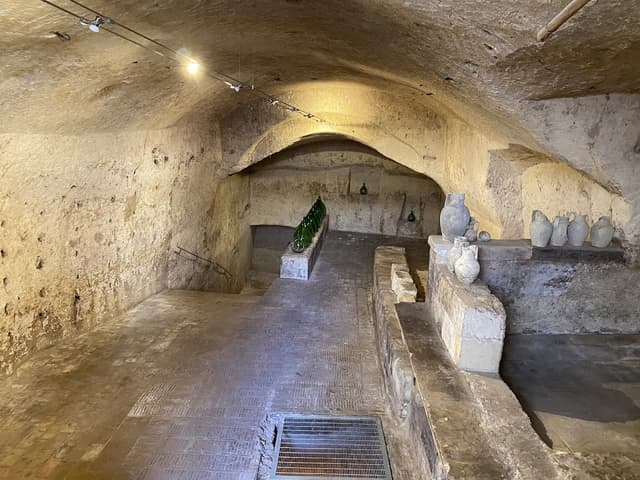
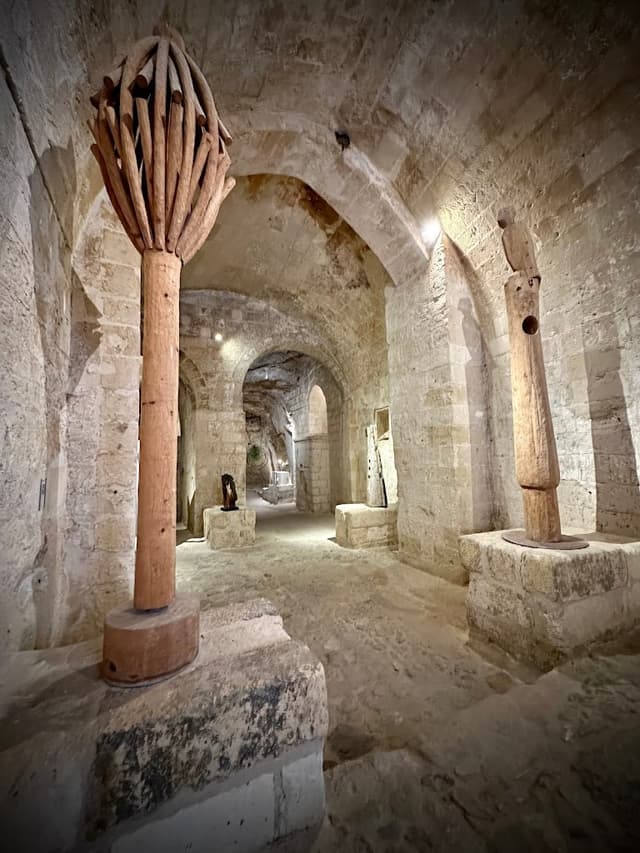
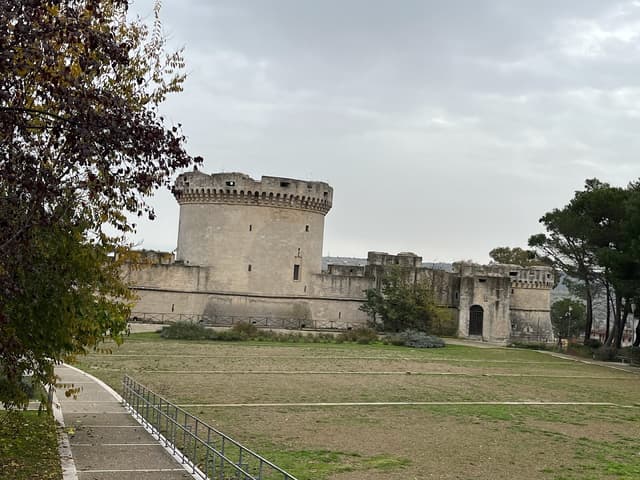
That's it! 🎉 Enjoy your adventure! Don’t forget to subscribe and save this guide for your future travels! ✈️📚
The home for unique & authentic travel